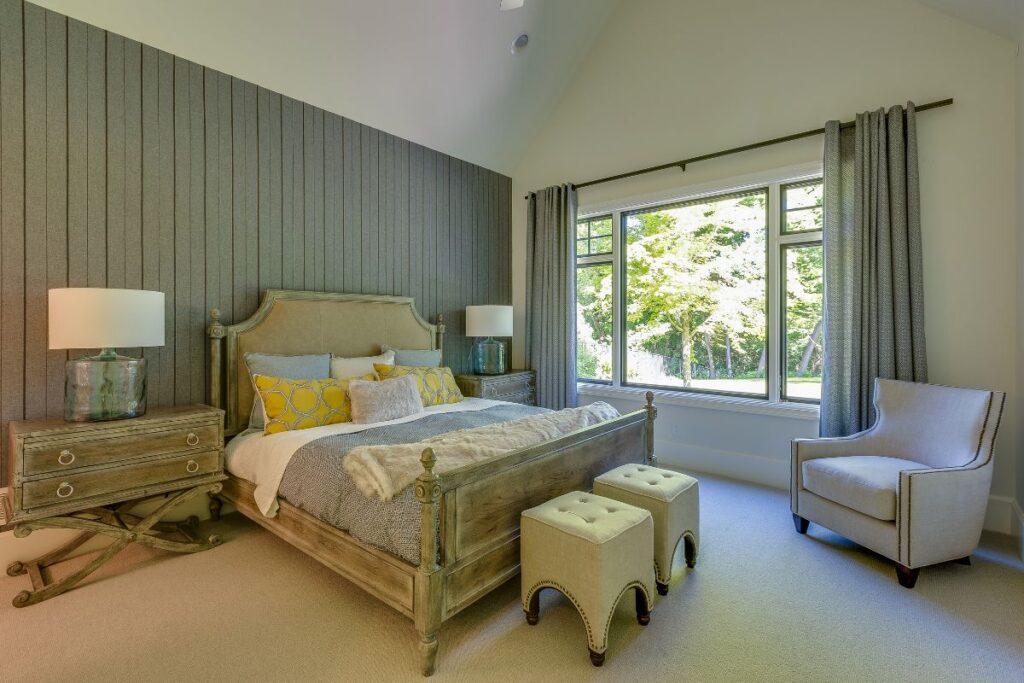In today’s increasingly noisy world, creating comfortable and acoustically balanced spaces is no longer a luxury — it’s a necessity.
Whether you’re designing a home office, a music studio, or a bustling café, the acoustics of the environment play a vital role in shaping the experience.
One solution that has gained widespread popularity across residential and commercial spaces is the use of acoustic panels.
These intelligent sound management tools not only improve auditory clarity but also contribute to the aesthetics of a space. Yet, many people still overlook their potential.
This article delves into how acoustic panels work, where they’re best used, and why they’re becoming indispensable in modern architecture and interior design.
What Are Acoustic Panels and How Do They Work?
Acoustic panels are specialised materials designed to absorb sound waves, particularly mid to high frequencies.

They reduce reverberation and background noise by preventing sound from bouncing off hard surfaces such as walls, ceilings, and floors.
Typically made from foam, fibreglass, or fabric-wrapped composites, these panels trap sound energy and convert it into a small amount of heat.
Unlike basic insulation, acoustic panels are engineered for precision. While some absorb, others diffuse sound evenly, thereby creating a balanced auditory environment.
It’s not about complete silence but about managing sound quality for better comfort and clarity.
Where Acoustic Panels Make a Real Difference
1. Home Studios and Entertainment Rooms
Sound is central to creativity. For musicians, podcasters, or video editors, clarity and purity of sound are non-negotiable.
Installing acoustic panels in such environments allows for professional-grade recording and mixing — all from the comfort of home.
2. Offices and Conference Rooms
Open-plan offices often suffer from acoustic issues, with sounds bouncing across glass walls and hard surfaces. Poor acoustics can cause fatigue, reduce concentration, and even increase stress.
Panels installed on ceilings or partition walls help absorb ambient noise, enabling focused work and clearer communication during meetings.
3. Educational Institutions
In classrooms and lecture halls, speech intelligibility is crucial. Echoes and poor acoustics can lead to distractions and reduced learning outcomes.
A thoughtfully placed acoustic panel can significantly enhance the teaching and learning experience.
4. Restaurants and Public Venues
Ambience is everything in hospitality. If patrons struggle to hear one another over the clatter of cutlery and chatter, it detracts from their experience.
Acoustic panels can be discreetly installed to soften noise levels while maintaining the vibrant atmosphere.
The Aesthetic Edge: Function Meets Design
One of the reasons acoustic panels have seen a rise in popularity is their evolution in design.
No longer just utilitarian grey blocks stuck to a wall, modern panels come in a range of shapes, colours, and textures.
From sleek, minimalist designs for corporate spaces to vibrant geometric arrangements for artistic environments, there’s a panel style for every setting.
Some manufacturers also offer custom printing, allowing businesses to incorporate brand elements into their acoustic treatments.
This dual role of visual appeal and sound optimisation makes panels a smart investment for designers and architects.
Eco-Friendly and Sustainable Options
With growing attention to sustainability, many panel producers have turned to eco-friendly materials such as recycled polyester, natural fibres, or low-emission adhesives.
These green acoustic panels not only align with environmental goals but also contribute to healthier indoor air quality.
For environmentally conscious consumers, this development opens up opportunities to enhance their living or working environments without compromising their values.

Practical Considerations Before Installation
If you’re considering acoustic panels, it’s essential to evaluate your space properly. Key aspects include:
- Room size and layout: Larger rooms may require a combination of absorption and diffusion panels.
- Noise source: Identify where most of the sound originates or reflects.
- Mounting options: Panels can be fixed on walls, suspended from ceilings, or placed in movable frames.
It’s advisable to consult with an acoustics professional or utilise room analysis tools for optimal results.
Poor placement may lead to uneven sound coverage, defeating the purpose of the installation.
Why Acoustic Panels Are Worth the Investment
Though initial costs may vary depending on materials and design, the long-term benefits of installing acoustic panels are undeniable.
Improved communication, reduced stress, enhanced focus, and a more pleasant ambiance contribute to overall productivity and well-being — whether at home or in the workplace.
Moreover, by mitigating noise pollution, these panels also support better mental health and interpersonal interactions.
For individuals and businesses alike, this translates into higher satisfaction and efficiency.
Soundproofing Smarter: Final Reflections
Acoustic panels offer a sophisticated solution to a common problem — unwanted noise. They go beyond mere soundproofing to create environments that are more liveable, functional, and visually engaging.
From domestic settings to professional studios and bustling cafés, their adaptability makes them a quiet revolution in modern design.
As a critic who’s had the opportunity to observe their effectiveness across various applications, it’s clear that acoustic panels aren’t just for audiophiles or musicians. They’re a smart, aesthetic, and increasingly essential feature of sound-conscious spaces.
By embracing the balance of form and function that these panels provide, designers and homeowners alike can elevate their spaces to meet the demands of today’s dynamic lifestyles — one quiet corner at a time.




